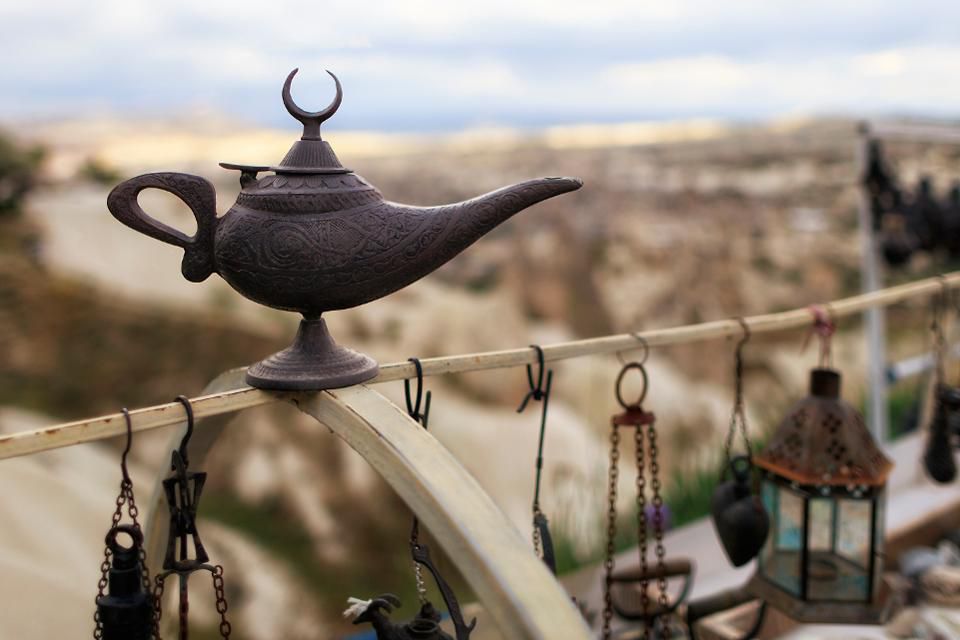BAGHDAD – In a new step from the world’s largest cartoon conglomerate, Disney, to convert its masterpieces into live action movies, the American company released recent images from ‘Aladdin’ film with a new portrayal of the Muslim character ‘Jafar’ according to Forbes.
In the 1990s Aladdin cartoon, Jafar, who’s based on a real person, was a Disney villain but in the coming movie, his character will be known more for his real scientific interests than his sex appeal.
Throughout the past portrayals in Western media propaganda, they always stereotyped the Muslim character as a villain who solved murder mysteries under the threat of execution, a sorcerer and had a habit of seducing the princess.
In fact, Ja’far ibn Yahya was a vizier to the Muslim Caliph Haroun el-Rashid. He was one of the most prominent figures in the Abbasid caliphate, the medieval Muslim empire that ruled a broad swath of Asia, North Africa, and Europe from 750 to 1258 CE.
The Muslim vizier used his influence to promote science in the Islamic World, contributing to the flourishing of medicine, astronomy, and engineering in medieval Islamic society which is known as the Islamic Golden Age.

Muslim Family of Golden Heritage
Ja’far was born into a powerful family, the Barmakids, with deep roots in a region of Afghanistan once known for its Buddhist monasteries. The Barmakids had once been the leaders and administrators of two large monasteries in Balk, but the family converted to Islam after 651 CE.
Well-educated and influential, the Barmakids found themselves near the center of power under the Abbasid caliphate; Ja’far’s father before him had served as vizier, and two of his brothers governed Egypt and Damascus.
And several members of the family became well-known patrons of scientists and scholars. They frequently invited scholars from South Asia to the Abbasid court in Baghdad, spreading knowledge and innovations in medicine, astronomy, and other sciences further north and west.
Ja’far actively continued that family tradition, but today he’s best known for his role in introducing the art and science of papermaking to Baghdad.
The science enthusiast official convinced the caliph to build a paper mill in Baghdad, which gave the caliphate a ready source of paper.
That sounds like a minor thing today, but at the time, it was a major boost to communication, information, and scholarship — something like the effect the printing press would have centuries later.
The Barmakids’ contributions to the spread of scientific knowledge, especially those of Ja’far, had already been set in motion.
The ideas and methods they helped import from South Asia helped in developing the Islamic World as a superpower and a center of scholarship throughout our Planet’s Middle Ages, and those ideas eventually spread to Europe and helped spark the Renaissance.